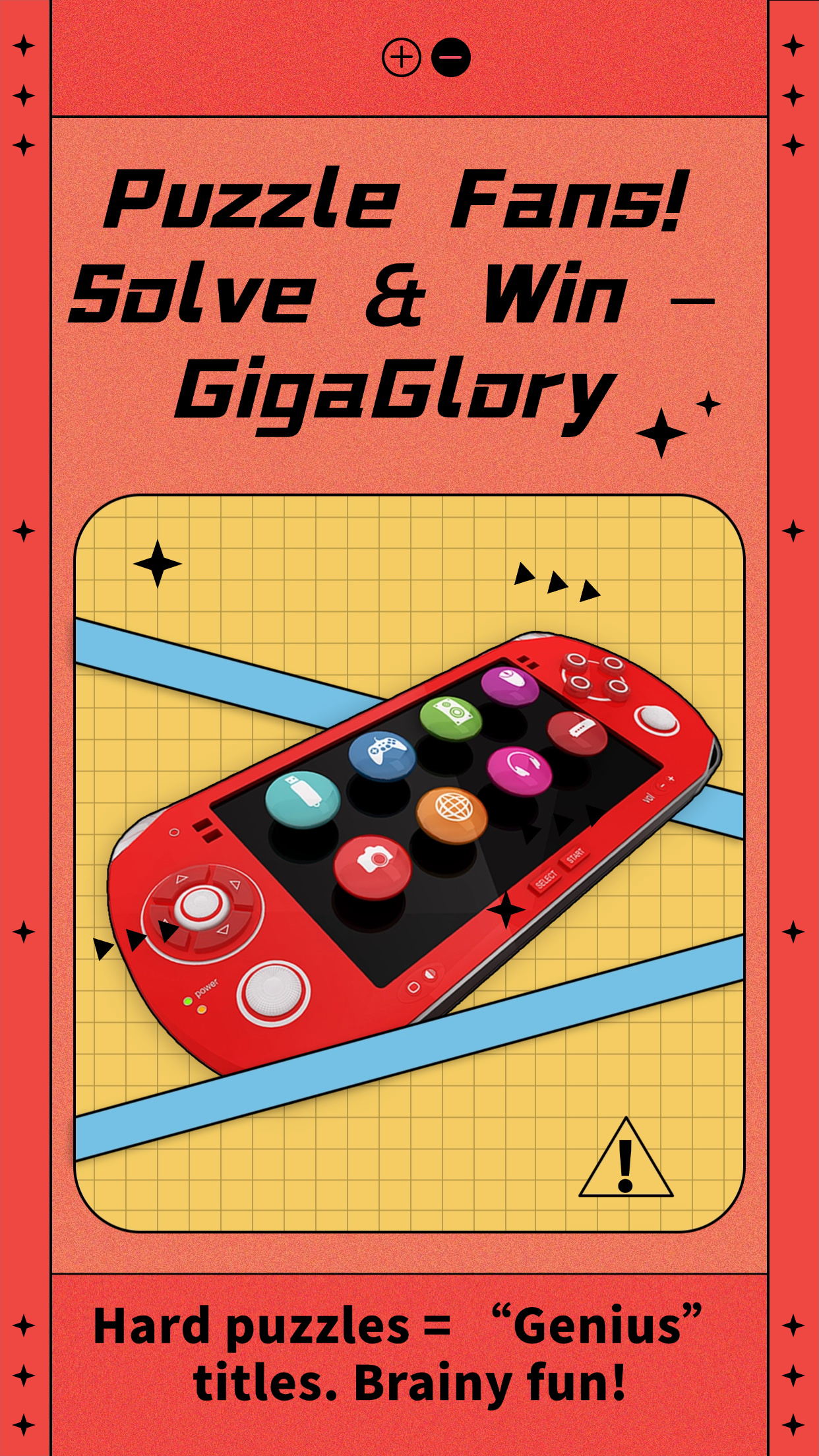Unlocking Creativity: How Building Games Shape Educational Experiences for Young Minds
When it comes to sparking creativity in education, building games have emerged as a game-changer. These interactive experiences offer children the opportunity to express their creativity while learning vital skills. In this article, we’ll delve into how these games not only engage young minds but also shape their educational journeys.
The Role of Building Games in Education
Building games have redefined the landscape of educational games, promoting collaboration, problem-solving, and critical thinking. By allowing kids to construct their own worlds, these games serve several educational purposes:
- Enhancing Creativity: Children explore their imaginative potential.
- Boosting Cognitive Skills: Engaging in building helps improve memory and attention.
- Collaborative Learning: Many of these games require teamwork, fostering social interaction.
- Technical Skills: Players get hands-on experience that can convert into real-world abilities.
How do Building Games Work?
At the heart of building games is a simple concept: creation through play. Kids can manipulate virtual elements to construct spaces, vehicles, or even entire worlds. Games like “Minecraft” and “Roblox” not only allow for creative building but also include educational aspects, such as coding and design principles.
For instance, in “Minecraft,” players can learn to code using redstone circuits or design intricate structures, which aligns their fun with learning non-obvious skills. Here’s a breakdown of features common in these games:
| Feature | Description |
|---|---|
| Sandbox Environment | Allows unrestricted creation. |
| Multiplayer Options | Encourages teamwork and social skills. |
| Community Engagement | Fosters collaboration beyond the game. |
Building Blocks of Learning: Essential Skills Developed
Children playing building games pick up various essential skills through interactive play. Here are key skills that get developed:
- Critical Thinking: Evaluating different methods to solve a problem.
- Spatial Awareness: Understanding dimensions and spatial relationships.
- Resource Management: Learning to strategize and use materials wisely.
- Creativity: Expressing uniqueness and personal style in creation.
Frequently Asked Questions about Building Games
Q1: Are building games suitable for all age groups?
A1: Yes, many building games are designed to be engaging and educational for various age groups, often with age-appropriate content.
Q2: How to ensure children aren’t just playing mindlessly?
A2: Parents can encourage projects that integrate real-world themes, such as architecture or engineering, to provide purpose.
Q3: Can these games be used in classrooms?
A3: Absolutely! Many educators incorporate building games into their curricula, facilitating lessons in design, teamwork, and technology.
Conclusion
Building games transcend mere entertainment; they create a rich tapestry of learning experiences that shape young minds. Encouraging creativity, facilitating social skills, and enhancing cognitive abilities, these games have become invaluable educational tools. By fostering an environment where creativity meets collaboration, we’re paving the way for a generation of innovative thinkers. So, let your children dive into the world of building games and watch as they unlock their full potential!



